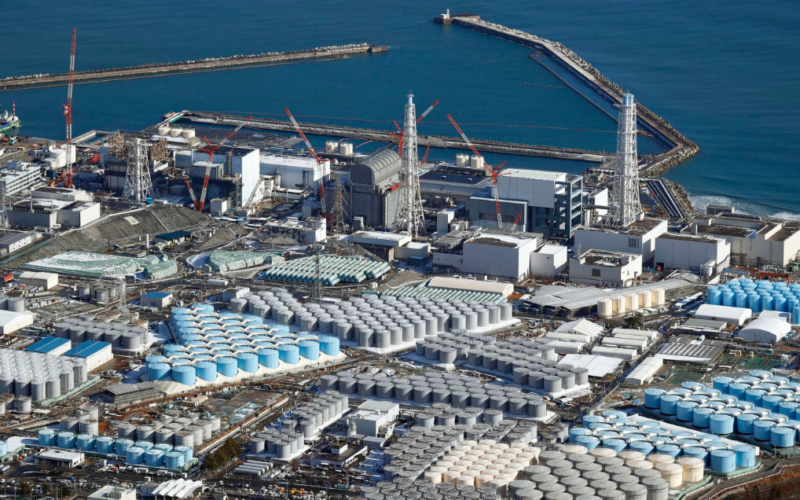In a significant development related to the Fukushima Daiichi nuclear plant, Japanese authorities have announced that the second round of releasing treated wastewater from the facility into the Pacific Ocean is set to commence next week. This decision has sparked discussions and concerns about its potential environmental impact.
The Fukushima Daiichi nuclear plant, which suffered a devastating meltdown in 2011 following a massive earthquake and tsunami, has since generated a substantial amount of radioactive water. To address this issue, Japanese authorities have implemented a comprehensive treatment process to remove radioactive contaminants from the water before release.
On August 24, Japan initiated the release of a portion of the 1.34 million metric tons of accumulated wastewater into the Pacific Ocean as a result of the 2011 tsunami that severely damaged the Fukushima Daiichi nuclear facility.
TEPCO, the plant’s operator, asserts that the discharged water has undergone extensive filtration, removing all radioactive elements except tritium, which is well within safe limits. This perspective aligns with the assessment of the United Nations’ atomic agency.
Accusations have arisen, particularly from China, suggesting that Japan is treating the ocean as a “sewer.” These claims were reiterated at the United Nations by Prime Minister Manasseh Sogavare of the Solomon Islands, who has fostered close ties with Beijing.
The gradual release of wastewater, a process expected to span decades, is part of a broader strategy to create space for the eventual removal of highly hazardous radioactive fuel and debris from the severely damaged reactors. Japanese officials have stated that the treated water meets stringent safety standards and poses no threat to human health or the environment.
The decision to proceed with the second round of wastewater release has been met with mixed reactions. Some argue that it is a necessary step to manage the ongoing challenge of wastewater storage at the plant, while others express reservations about potential ecological consequences.
The Japanese government has reiterated its commitment to transparency and ongoing monitoring of the situation to ensure the safety of both the environment and human health. International organizations and neighboring countries will closely observe the developments in the coming weeks as the second phase of wastewater release unfolds.








